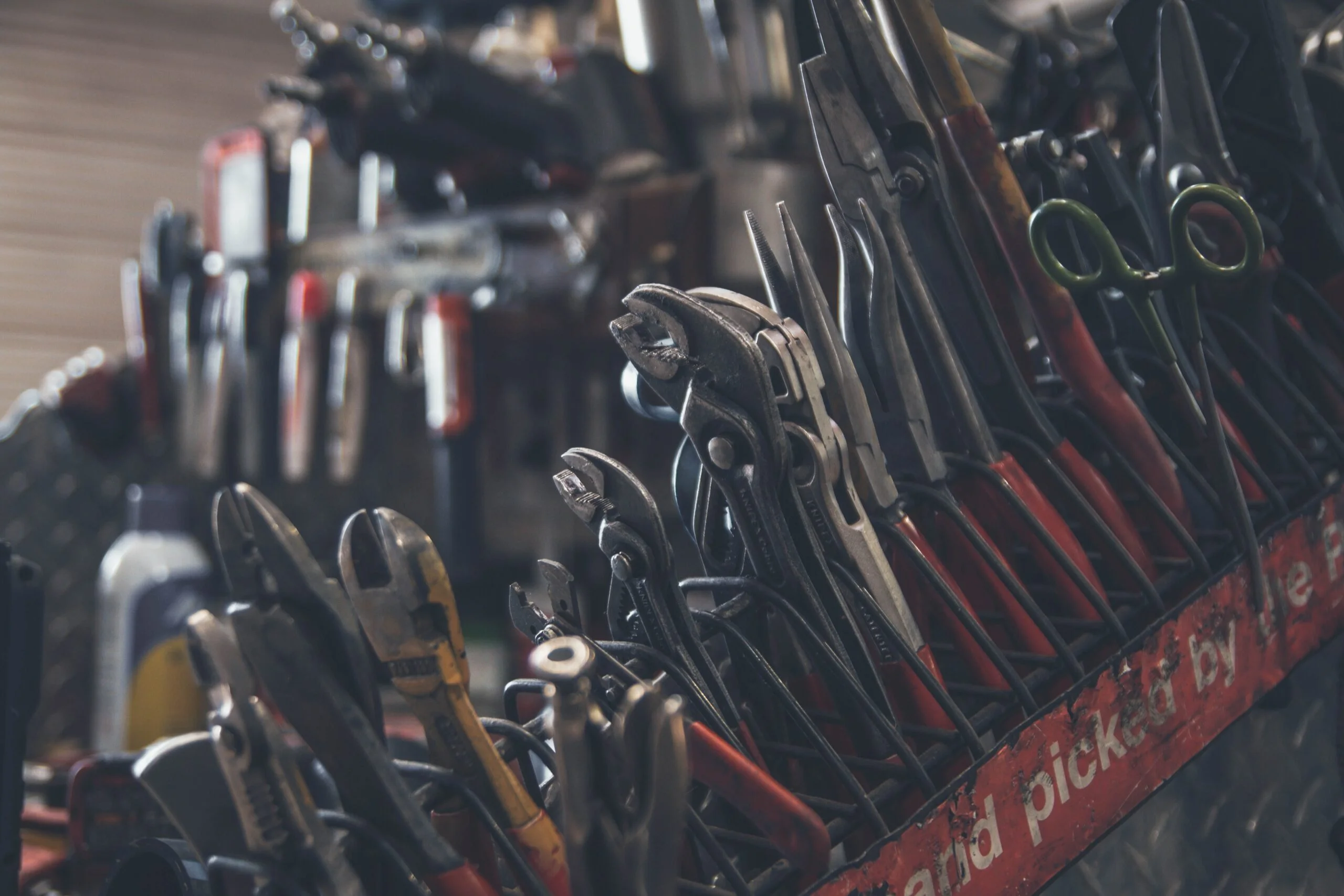Roof trusses are often overlooked yet crucial components of structural integrity in construction. The meticulously designed frameworks support roofs and distribute forces, ensuring building stability and longevity. There are several types of roof trusses in Dallas, Texas, each with advantages and disadvantages.
In crafting resilient and efficient structures, understanding their design nuances becomes crucial. We will explore the types of roof trusses and the factors affecting their selection, offering insight into architecture, art, and science. Let’s get started.
What are Roof Trusses
Roof trusses provide structural support for roofs while carrying the load of roofs. This structure consists of triangular beams and supports that distribute weight evenly. Their primary function is to transfer roof forces to supporting walls.
The roof trusses play a crucial role in determining the stability of a building and the overall design. Understanding their basic structure and function is essential before selecting the most suitable truss type.
Importance of Choosing the Right Types of Roof Trusses
Roof trusses play a profound role in the structural stability and functional efficiency of a building. Choosing the suitable types of roof trusses ensures that the structure will withstand various loads and environmental conditions.
This choice impacts factors such as the roof pitch, span, and load-bearing capacity. Choosing a truss that enhances structural resilience and aesthetic appeal is critical. Different types of roof trusses have distinct advantages and considerations, making the decision-making process an essential part of architectural planning.
6 Common Types of Roof Trusses
The following are some of the most common types of roof trusses available in Dallas, Texas.
1. King Post Truss
A King Post Truss is a simple, straightforward design with a central vertical post connecting the apex to the horizontal bottom chord. Its simplicity makes it easy to construct and cost-effective, making it ideal for smaller structures, porches, and bridges. Since it has a basic design, it’s generally best suited to projects with shorter spans.
2. Queen Post Truss
As opposed to the King Post Truss, the Queen Post Truss is distinguished by two vertical posts on either side of the truss apex. It makes it ideal for medium to long spans, and it’s commonly employed in residential and commercial construction.
Although it provides excellent stability for longer spans, it’s slightly more complicated to build, so it might require extra materials.
3. Howe Truss
Howe Trusses stand out from other structures because their diagonal members slant toward the center, and their vertical members support the load. Industrial buildings and bridges often use this design because it is robust and well-suited to longer spans.
Its excellent load-bearing capabilities make it a preferred choice for structures requiring strength and rigidity. However, the design requires precise calculations, and construction costs might be higher than simpler trusses.
4. Scissor Truss
With its inverted V shape, the Scissor Truss creates a vaulted ceiling effect and adds vertical space. The Scissor Truss enhances architectural appeal, especially in residential construction where open, aesthetically pleasing interiors are desired.
Due to its unique design, it can be more challenging to design and install, potentially resulting in higher construction costs. The benefits lie in the creation of spacious and attractive interiors.
5. Attic Truss
Attic Trusses serve a dual purpose by providing structural support for the roof and creating a functional attic space. In addition to maximizing storage space, this design eliminates the need for traditional attic floor framing. Despite its triangular shape, the truss maintains a load-bearing capacity without compromising interior space.
Attic Trusses are perfect for residential constructions where space is crucial; they’re commonly used to add additional living or storage space.
6. Fink Truss
Fink Trusses are distinguished by their distinctive W-shaped webbing. It provides strength and stability, which makes it suitable for various construction projects. Fink Trusses can accommodate different roof spans, whether used in residential, commercial, or industrial buildings.
Ultimately, the Fink Trusses transfer loads efficiently and ensure structural integrity. Although versatile, the intricate design may require precision in manufacturing, potentially raising the price.
Based on your specific project requirements and design preferences, these detailed insights into each roof truss type will help you make the right choice.
The Factors Influencing the Selection of Trusses
It’s essential to consider these factors when choosing the suitable roof truss for a construction project:
Roof Span Considerations
The span of your roof plays a pivotal role in determining the appropriate truss type. Various designs suit different spans; some are better for shorter structures, while others are good for longer ones.
Load-Bearing Requirements
It is essential to understand your building’s load-bearing requirements. The type of roof covering, snow loads, and other environmental factors can affect the truss system’s overall load.
Architectural Preferences
It is important to consider architectural design preferences when choosing a roof truss. Choose a truss that aligns with your architectural vision, whether you want a traditional aesthetic or an open, modern space.
Integration with Overall Design
An important consideration is how the truss will integrate seamlessly with the building’s design and purpose. When determining the suitable types of roof trusses, ceiling height, interior layout, and intended use of the space are important factors.
Cost Considerations
Although structural integrity is crucial, it’s equally important to consider the budget constraints. Material and construction costs are higher in some truss designs, so balancing functionality and budget is vital.
Consider these factors carefully before choosing your roof truss, ensuring structural stability and alignment with your architectural and budgetary goals.
Read More: 7 Different Types of Roof Tiles: A Comprehensive Guide
The Takeaway
Roof trusses play a vital role in shaping the strength and character of building structures through their intricate patterns. The timeless beauty of King and Queen Post Trusses and the innovative design of Scissor and Attic Trusses combines functionality and elegance.
As you move through these architectural masterpieces, you will realize the importance of carefully selecting your materials. You can use this information about types of roof trusses to build buildings and structures of strength and design.


